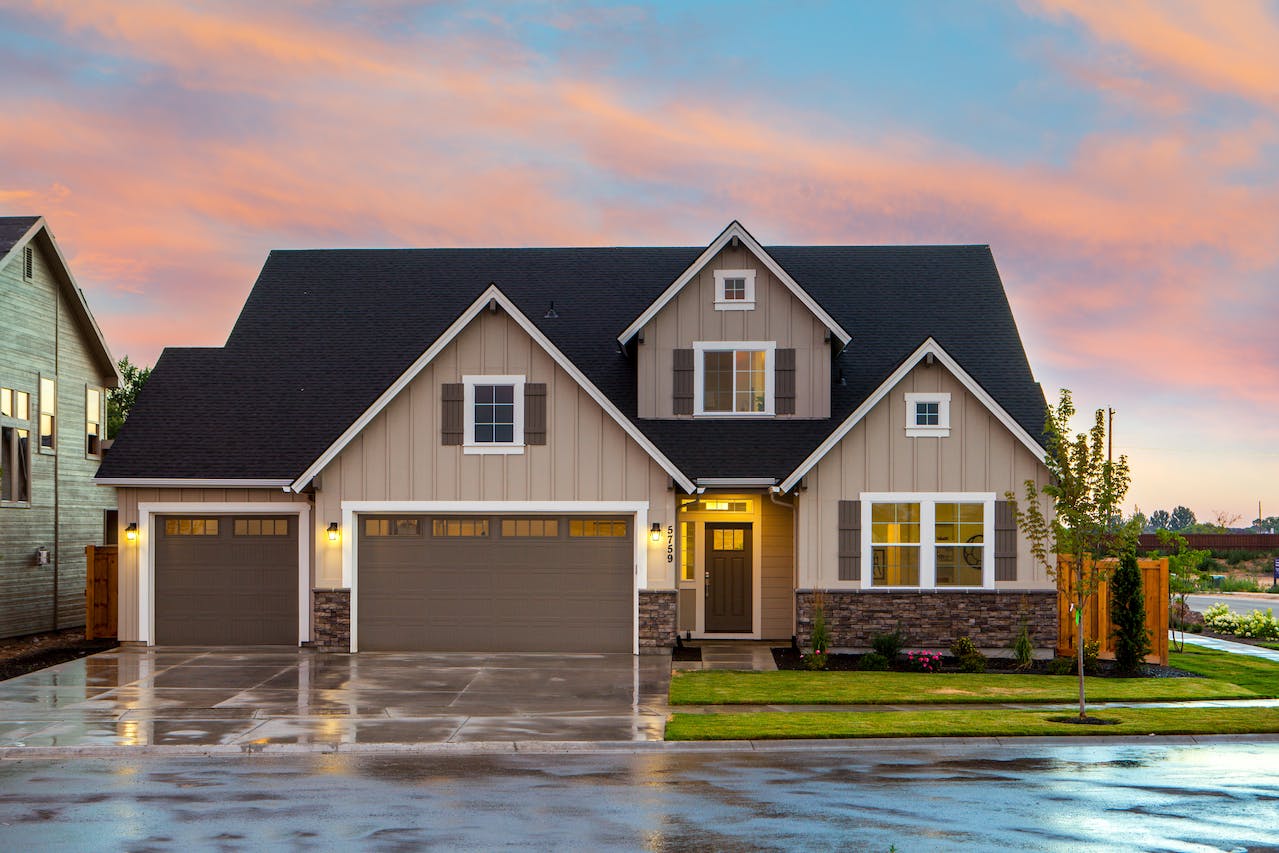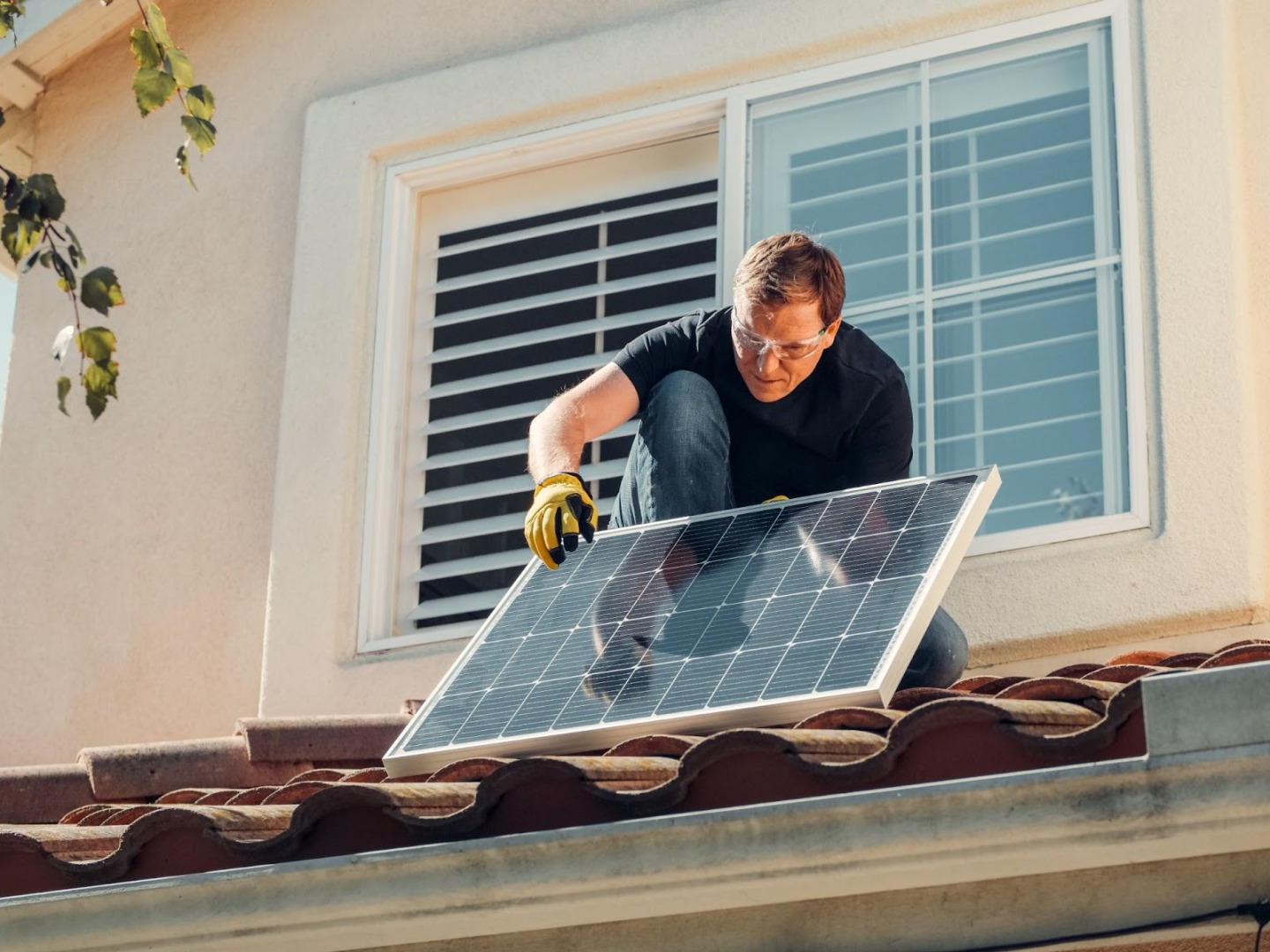Comments
- No comments found

If you own an investment property (or, even better, more than one investment property), it’s crucial that you take care of it.
If you don’t, you’re not going to be able to charge the top rental price for it, and you might not even find any tenants at all. With that in mind, here are some useful structural tips for landlords because it’s not just the cosmetic details that need to be addressed. Read on to find out more.

No one wants to live in a home that’s far more costly in terms of energy bills than it should be, which is why you need to focus on making the property as energy-efficient as you can. That means installing energy-efficient appliances (if you’re providing them), getting the boiler serviced regularly, perhaps installing solar panels, and certainly upgrading your insulation. You can even add a layer of additional Knauf Dritherm insulation to make it even more energy-efficient.
As well as giving your tenants the chance to save money each month, which is always a bonus, you’re also going to be able to promote the property as an eco-friendly one. Since many tenants these days want to take care of the planet, that could help you stand out when you’re marketing the property.
Another issue that can often come up in a poorly maintained property is inadequate insulation. Why is this an issue? It’s because poor ventilation can lead to all kinds of structural problems, including mold - it’s all down to the fact that if the water droplets can’t vent away, they have to land somewhere, and they’ll end up on windows and walls as condensation. Over time, this will turn into mold, which is unhealthy and bad for the property itself.
Take a look at the property and look out for signs of damp and mold, which could be an indicator that your ventilation isn’t working properly - you might also be able to feel a dampness in the air if things are really bad. Fixing the ventilation issues can be a small, easy task or a much bigger one that involves experts and some disruption to the property, but either way, it has to be done.
Drainage issues can be as much of a problem as anything else on this list, and even if a tenant doesn’t realize they’re there to begin with, it won’t take long for them to notice a problem when the water around their home - perhaps water that’s collected after a rain storm, for example - begins to build up.
That’s not a pleasant situation to be in (stagnant water smells), and it can cause problems for the structure of your building. Think of what happens to a piece of wood if it gets too wet; it rots. So that could be happening to the foundations of the property and the wooden frame, if it has one.
The best thing to do is to contact a plumber or perhaps a drainage expert who will be able to deal with the current issue but also ensure that it doesn’t happen again.
Leave your comments
Post comment as a guest